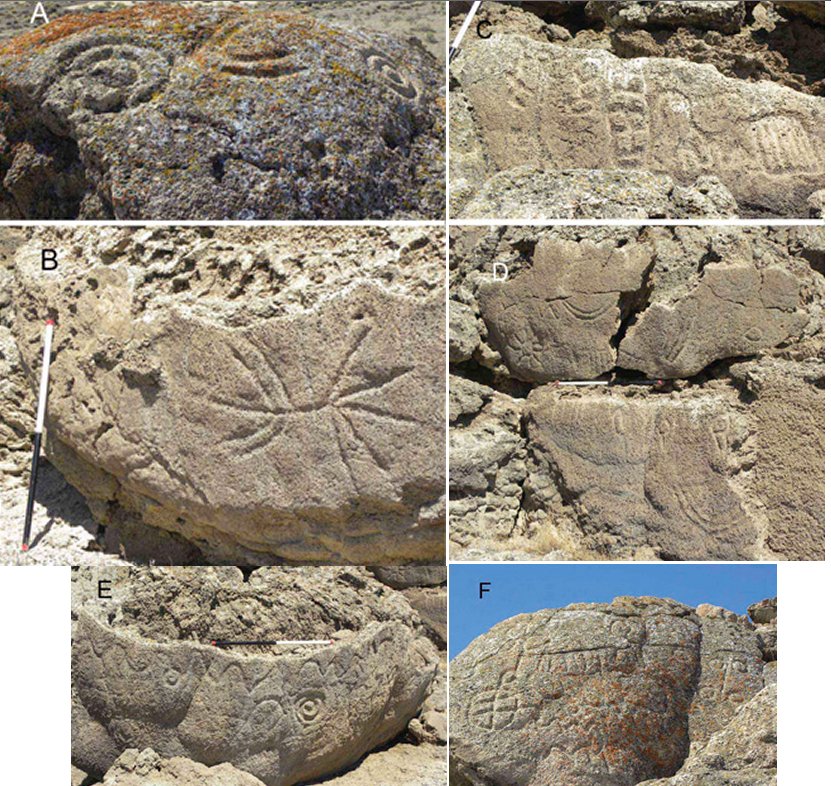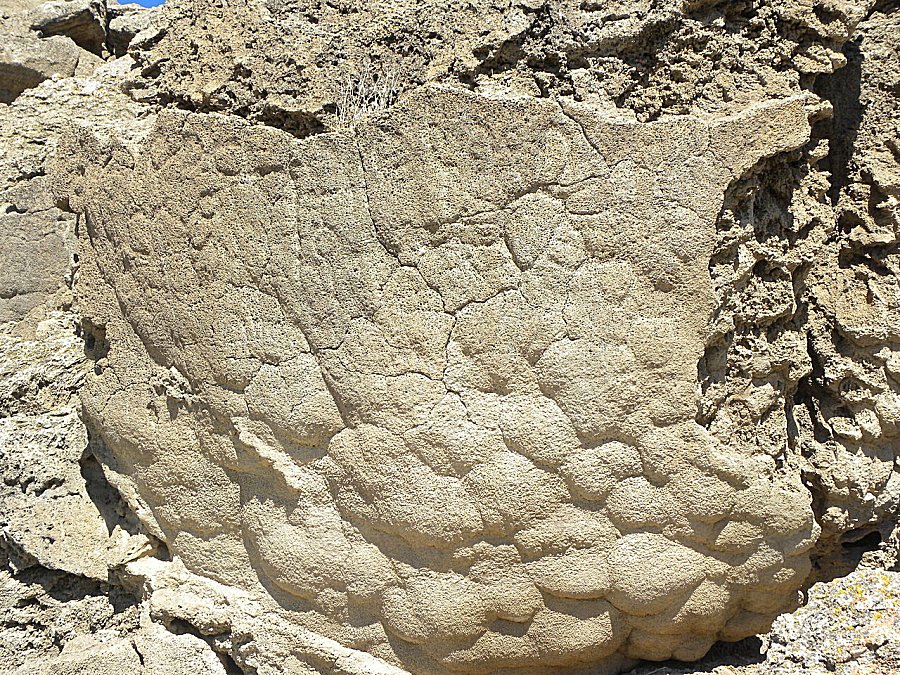Petroglyphs At The Winnemucca Lake: North America’s Oldest Known
A. Sutherland - AncientPages.com - North America’s petroglyphs at the Winnemucca Lake are the oldest known.
Cut into several boulders located within the Pyramid Lake Indian Reservation, in western Nevada, the petroglyphs date to at least 10,500 years ago and perhaps even as far back as 14,800 years ago.
The petroglyphs that have been known for several decades are located on the west side of Winnemucca Lake, 35 miles northeast of Reno, Nevada. Deeply carved, large grooves and dots form complex designs on several large limestone boulders. These designs are closely spaced, forming panels on boulder-sized surfaces of a partially collapsed tufa mound.
The rock art's designs also include a number of vertical, chain-like symbols and a series of smaller pits deeply incised with a type of hard rock scraper. However, a very interesting feature of the petroglyphs is that they do not depict humans, animals, or even handprint symbols.
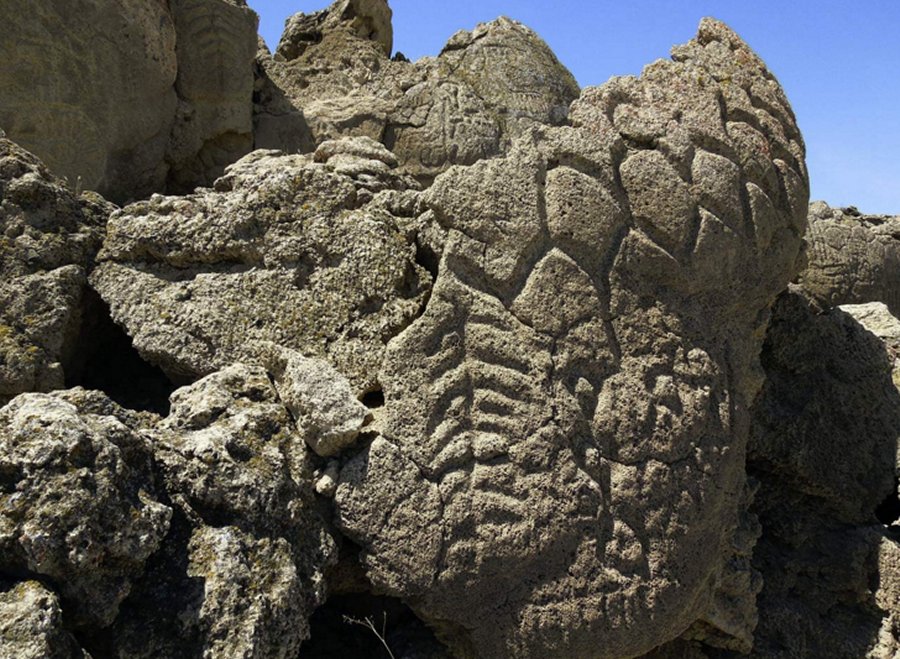 The oldest dates calculated for the Winnemucca Lake petroglyph site correspond with the time frame linked to several pieces of fossilized human excrement found in a cave in Oregon.
The oldest dates calculated for the Winnemucca Lake petroglyph site correspond with the time frame linked to several pieces of fossilized human excrement found in a cave in Oregon.
Several methods have been used to date these petroglyphs. At first, rock art was preliminarily described in 1992 as unusual, and possibly very early. Two years later, geochemist Larry Benson at the University of Colorado Museum of Natural History, determined the petroglyphs were carved into tufa, a type of limestone widespread over many places around the world but in the US especially concentrated near Pyramid Lake, Nevada, and Mono Lake, California.
The research showed that the limestone was deposited between 16,200 and 14,800 years ago, but no specific date for the carvings was suggested.
Winnemucca Lake, NV, USA. Petroglyphs were carved into the tufa structures by prehistoric Native Americans. Radiocarbon dating of tufa laysrs covering the petroglyphs in 2013 showed these to be the oldest known petroglyphs in the Americas. This image shows details of petroglyphs being covered by tufa layers later after the water level rose. Image credit: Larry V. Benson, USGS - https://dx.doi.org/10.1016/j.jas.2013.06.022.
Cut into several boulders in western Nevada, these petroglyphs date to at least 10,500 years ago and perhaps even as far back as 14,800 years ago.
The elevation was very important to the study. When the lake level was very high, the boulders were still submerged and not accessible for carving. The unknown ancient artists had to wait until the lake level was low enough to allow access to the rocks.
There was a time (12,600 to 11,400 years ago) when the water level was sufficiently low. Then it raised again and later, it had intermittent low periods thereafter.
So, when were the boulders covered with the petroglyphs?
Finally, it has been determined that the petroglyph rocks were above the waterline, and thus available for carving, from 14,800 and 13,200 years ago and between 11,300 and 10,500 years ago.
For now, the oldest known petroglyphs in North America date to at least 10,500 years ago and perhaps even as far back as 14,800 years ago.
How this rock art was created is not known. It is known, however, that there are only a few petroglyphs in the American Southwest that are as deeply carved as the petroglyphs at the Winnemucca Lake, and few that have the same size.
The rocks include both simple straight lines and swirls and more complex depictions that resemble flowers, trees, or the veins of a leaf. There also is an intricate diamond pattern on one rock. The smallest of the carvings are about 8 inches (20 cm) in width, while the largest is 3 feet (0.91 m). Grooves are approximately .4 to .8 inches (1.0 to 2.0 cm) deep.
The meaning of these petroglyphs cannot be determined with certainty, although some theories have proposed that they may represent clouds, lightning, or meteorological symbols.
The petroglyphs at the Winnemucca site still keep their ancient secrets.
Written by – A. Sutherland AncientPages.com Senior Staff Writer
Copyright © AncientPages.com All rights reserved. This material may not be published, broadcast, rewritten or redistributed in whole or part without the express written permission of AncientPages.com
Expand for referencesReferences:
"Dating North America's oldest petroglyphs, Winnemucca Lake subbasin, Nevada". Journal of Archaeological Science
More From Ancient Pages
-
 Legend Of Ancient Princess Thone Pan Hla Who Is Believed To Haunt Pyay In Myanmar
Featured Stories | Aug 2, 2016
Legend Of Ancient Princess Thone Pan Hla Who Is Believed To Haunt Pyay In Myanmar
Featured Stories | Aug 2, 2016 -
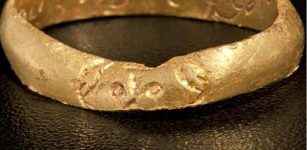 Skulls and inscriptions on three rings found by archaeologists in Wales
Artifacts | Aug 29, 2015
Skulls and inscriptions on three rings found by archaeologists in Wales
Artifacts | Aug 29, 2015 -
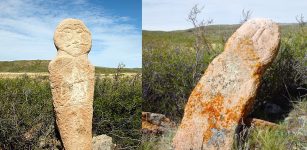 Balbals – Ancient Stone Guards Of The Kazakh Steppe
Artifacts | Dec 21, 2015
Balbals – Ancient Stone Guards Of The Kazakh Steppe
Artifacts | Dec 21, 2015 -
 Oldest Scandinavian Ship-Burial Identified Re-Writes History – Amazing Find That Predates The Viking Age
Archaeology | Nov 14, 2023
Oldest Scandinavian Ship-Burial Identified Re-Writes History – Amazing Find That Predates The Viking Age
Archaeology | Nov 14, 2023 -
 Flower Of Life: Ancient Sacred Geometry Symbol And Blueprint Of The Universe
Ancient Symbols | Oct 8, 2017
Flower Of Life: Ancient Sacred Geometry Symbol And Blueprint Of The Universe
Ancient Symbols | Oct 8, 2017 -
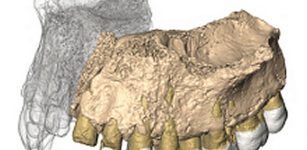 Earliest Modern Human Fossil Outside Africa Unearthed At Misliya Cave, Israel
Archaeology | Jan 27, 2018
Earliest Modern Human Fossil Outside Africa Unearthed At Misliya Cave, Israel
Archaeology | Jan 27, 2018 -
 Myths And Legends Reveal Ancient Turtle Worship Linked To The Creation Of The World
Featured Stories | Jun 24, 2020
Myths And Legends Reveal Ancient Turtle Worship Linked To The Creation Of The World
Featured Stories | Jun 24, 2020 -
 Why Did First Printed Books Scare Ancient Scholars In Europe?
Ancient History Facts | Sep 18, 2021
Why Did First Printed Books Scare Ancient Scholars In Europe?
Ancient History Facts | Sep 18, 2021 -
 On This Day In History: Malcolm III, King of Scots Died – On Nov 13, 1093
News | Nov 13, 2016
On This Day In History: Malcolm III, King of Scots Died – On Nov 13, 1093
News | Nov 13, 2016 -
 On This Day In History: Remembering D-Day – On June 6, 1944
News | Jun 6, 2016
On This Day In History: Remembering D-Day – On June 6, 1944
News | Jun 6, 2016 -
 Basajaun: Giant Blacksmith, ‘Lord Of The Woods’ And How People Learned Secrets Of Agriculture
Featured Stories | Aug 27, 2020
Basajaun: Giant Blacksmith, ‘Lord Of The Woods’ And How People Learned Secrets Of Agriculture
Featured Stories | Aug 27, 2020 -
 Ancient Gaziantep Castle Destroyed In Turkey Earthquake
News | Feb 6, 2023
Ancient Gaziantep Castle Destroyed In Turkey Earthquake
News | Feb 6, 2023 -
 Meenakshi Temple Of Madurai Is Among Most Powerful Sacred Sites For Hindu People
Featured Stories | Apr 29, 2021
Meenakshi Temple Of Madurai Is Among Most Powerful Sacred Sites For Hindu People
Featured Stories | Apr 29, 2021 -
 Why Were The 4,000-Year-Old Native American Shell Ring Villages Suddenly Abandoned?
Archaeology | Mar 3, 2022
Why Were The 4,000-Year-Old Native American Shell Ring Villages Suddenly Abandoned?
Archaeology | Mar 3, 2022 -
 Ancient Secret Tunnel Discovered Beneath The Pyramid Of The Moon In Mexico’s Teotihuacan
Archaeology | Jul 8, 2017
Ancient Secret Tunnel Discovered Beneath The Pyramid Of The Moon In Mexico’s Teotihuacan
Archaeology | Jul 8, 2017 -
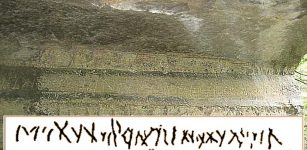 Mystery Of The Ancient Sitovo Inscription: Undeciphered Script Or Just A Natural Rock Formation?
Featured Stories | Apr 17, 2016
Mystery Of The Ancient Sitovo Inscription: Undeciphered Script Or Just A Natural Rock Formation?
Featured Stories | Apr 17, 2016 -
 Mysterious Ancient Tomb Reveals ‘Impossible’ Human Connection To Cosmos – Human Anomaly? – Part 2
Featured Stories | Oct 15, 2020
Mysterious Ancient Tomb Reveals ‘Impossible’ Human Connection To Cosmos – Human Anomaly? – Part 2
Featured Stories | Oct 15, 2020 -
 On This Day In History: Storming Of The Paris Fortress – Prison Bastille – On July 14, 1789
News | Jul 14, 2016
On This Day In History: Storming Of The Paris Fortress – Prison Bastille – On July 14, 1789
News | Jul 14, 2016 -
 On This Day In History: Battle Of Dettingen – English Armies Were Victorious Over The French – On June 27, 1743
News | Jun 27, 2016
On This Day In History: Battle Of Dettingen – English Armies Were Victorious Over The French – On June 27, 1743
News | Jun 27, 2016 -
 Large Ancient Roman Necropolis Is Buried Beneath The Gaza Strip – Can It And Other Ancient Treasures Be Saved?
Archaeology | Jun 26, 2022
Large Ancient Roman Necropolis Is Buried Beneath The Gaza Strip – Can It And Other Ancient Treasures Be Saved?
Archaeology | Jun 26, 2022

